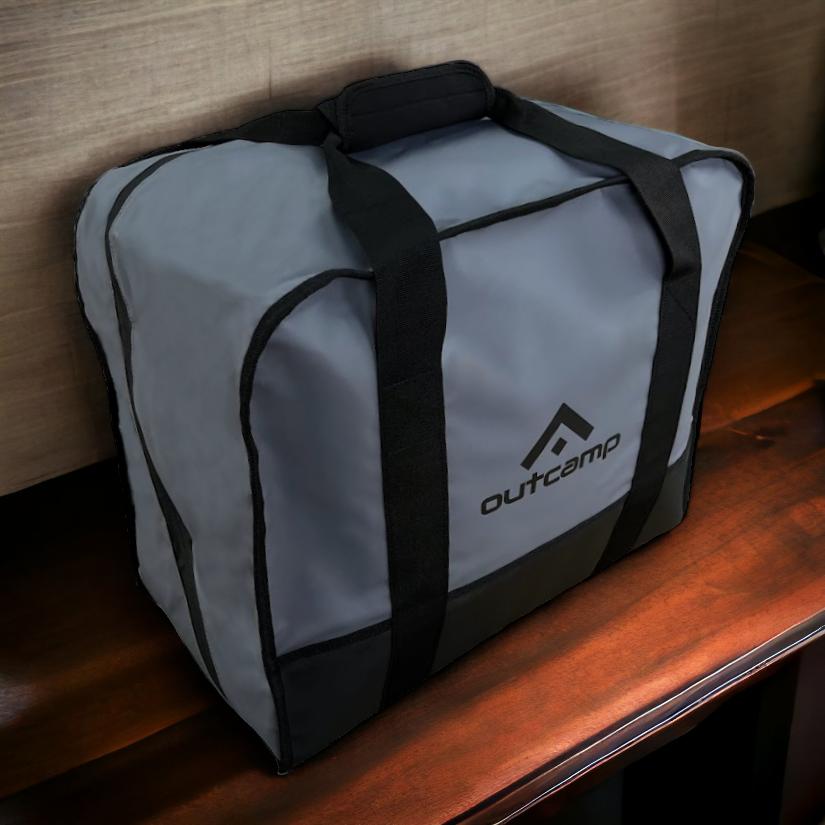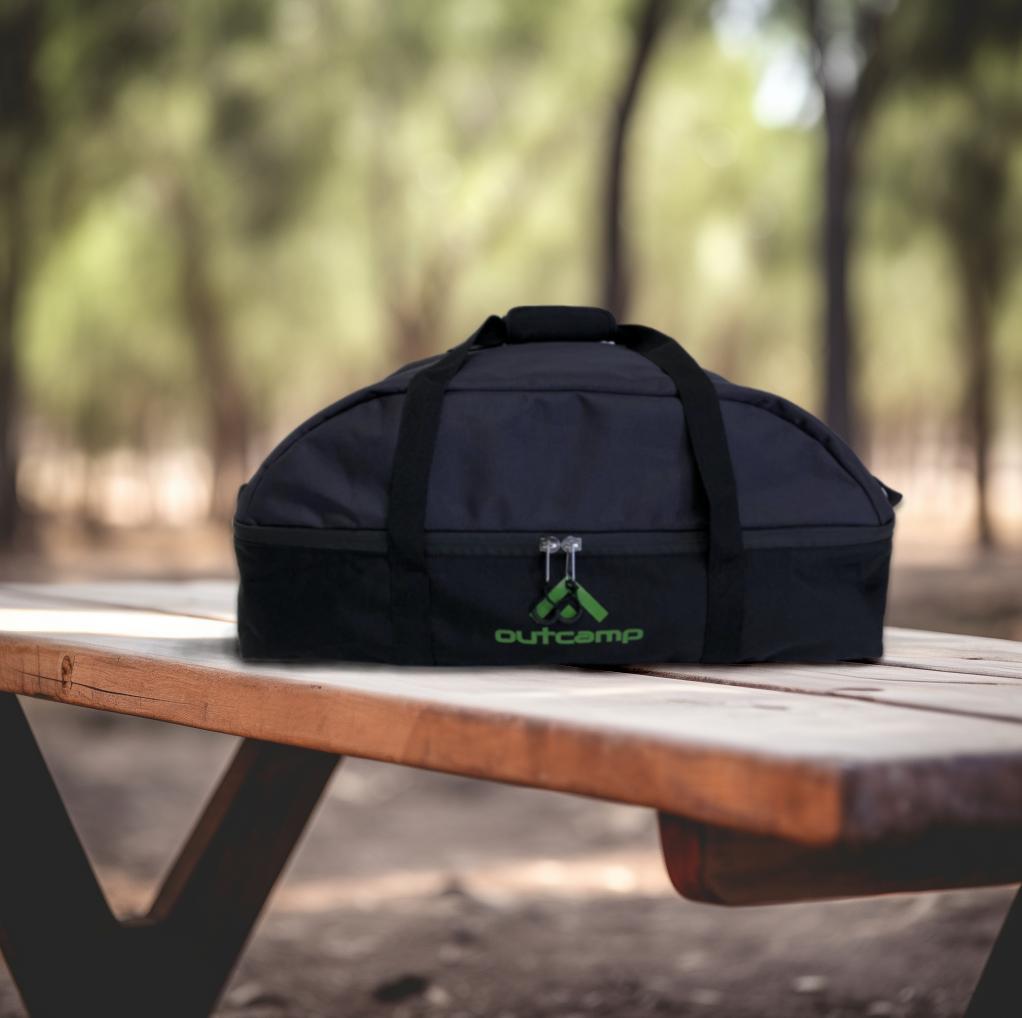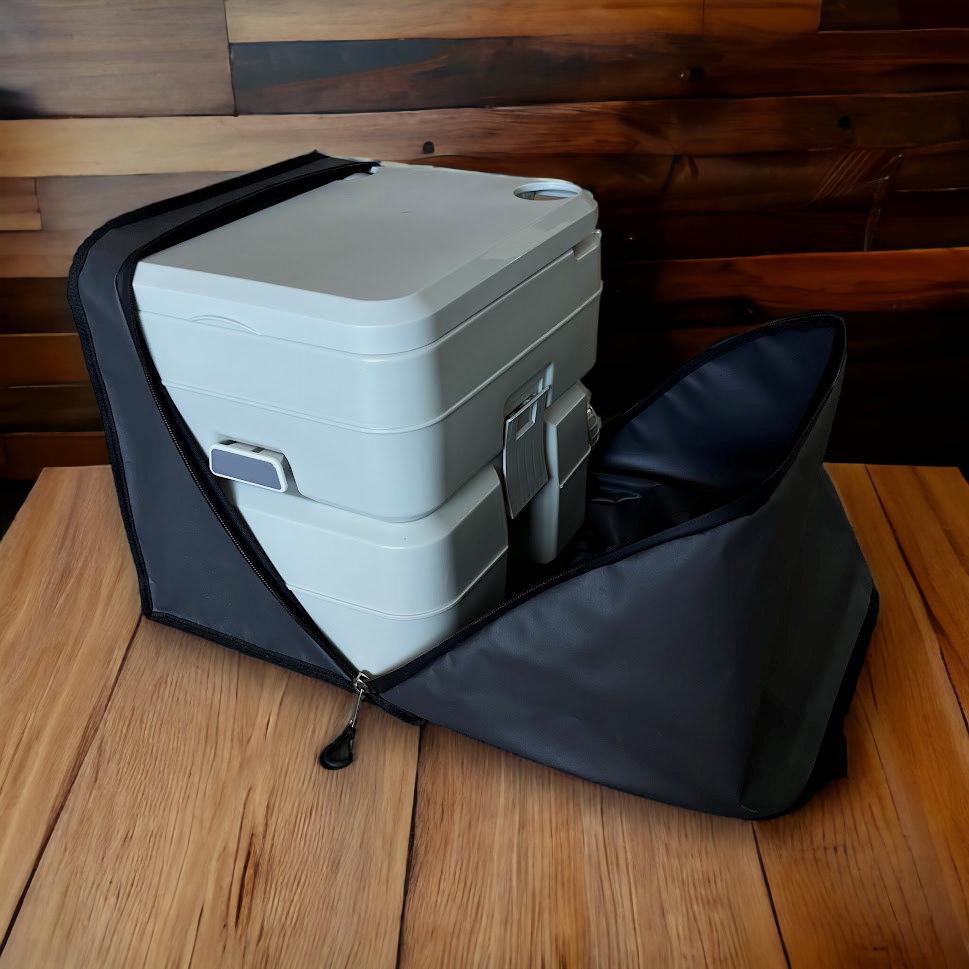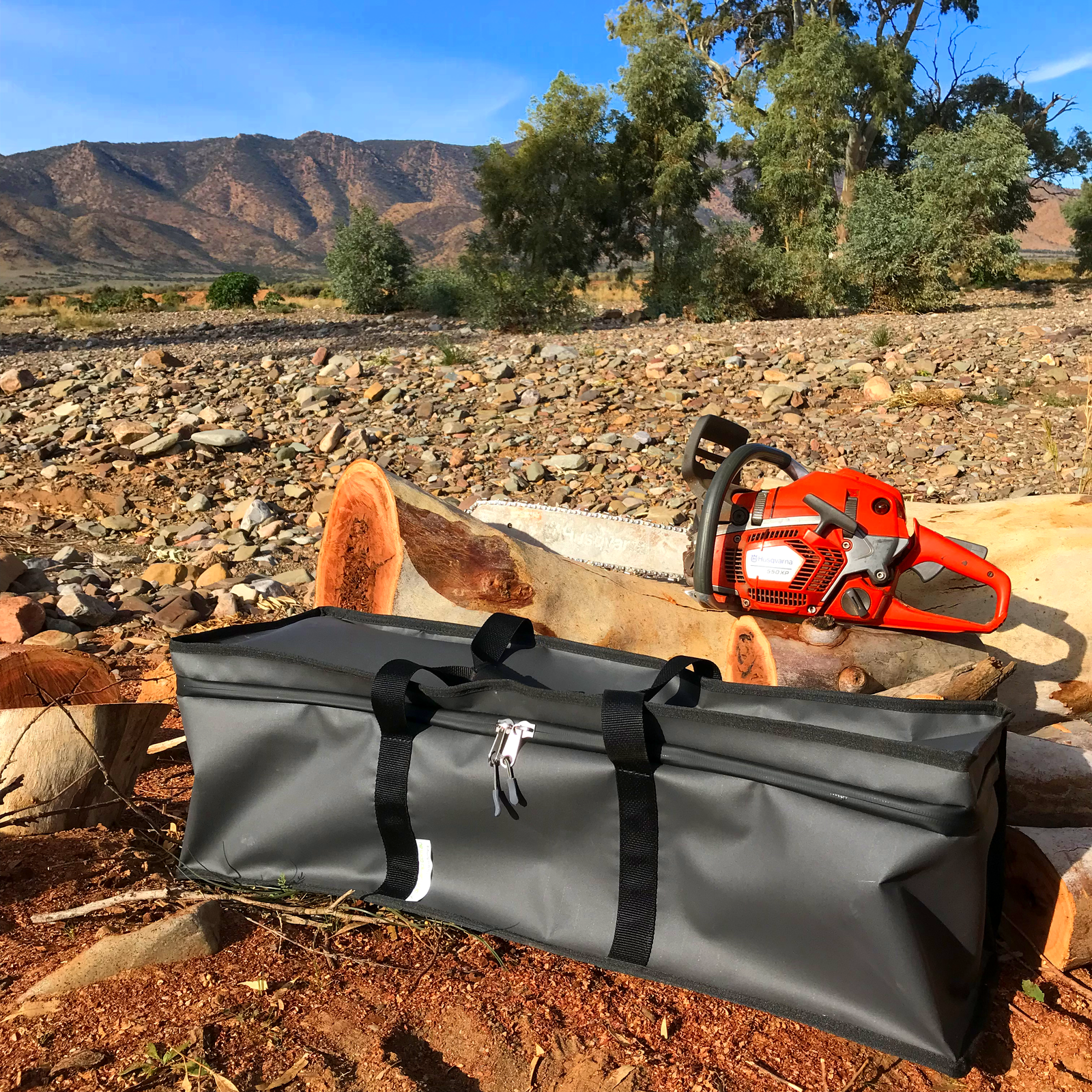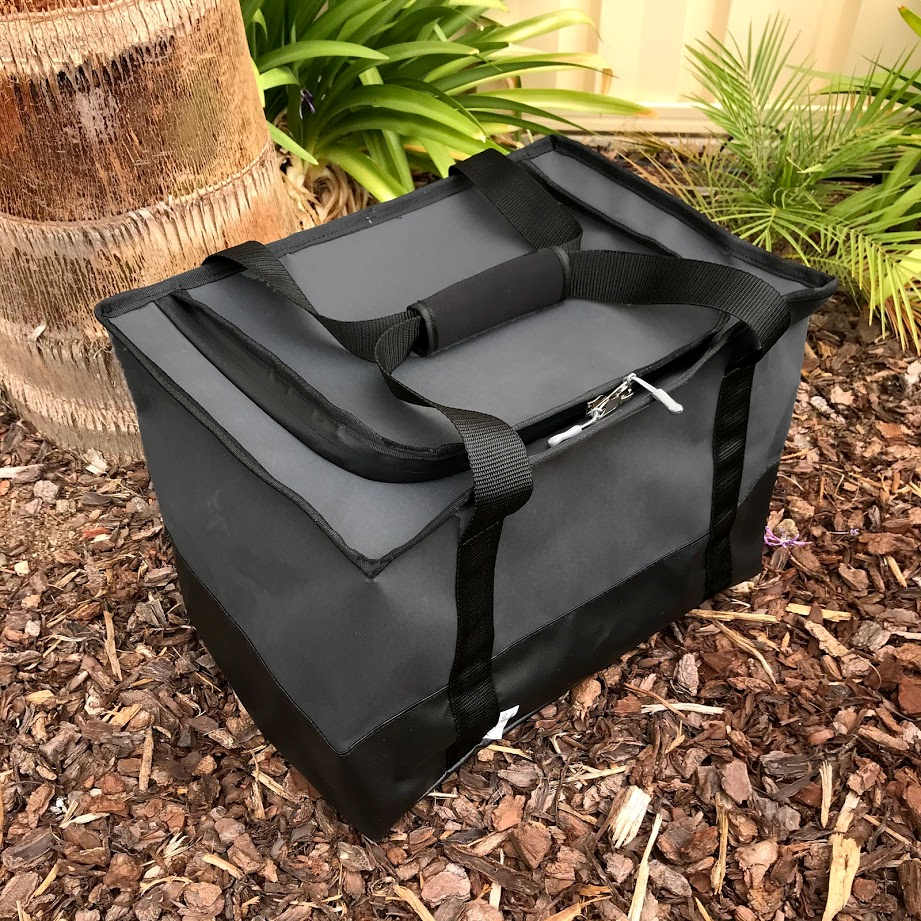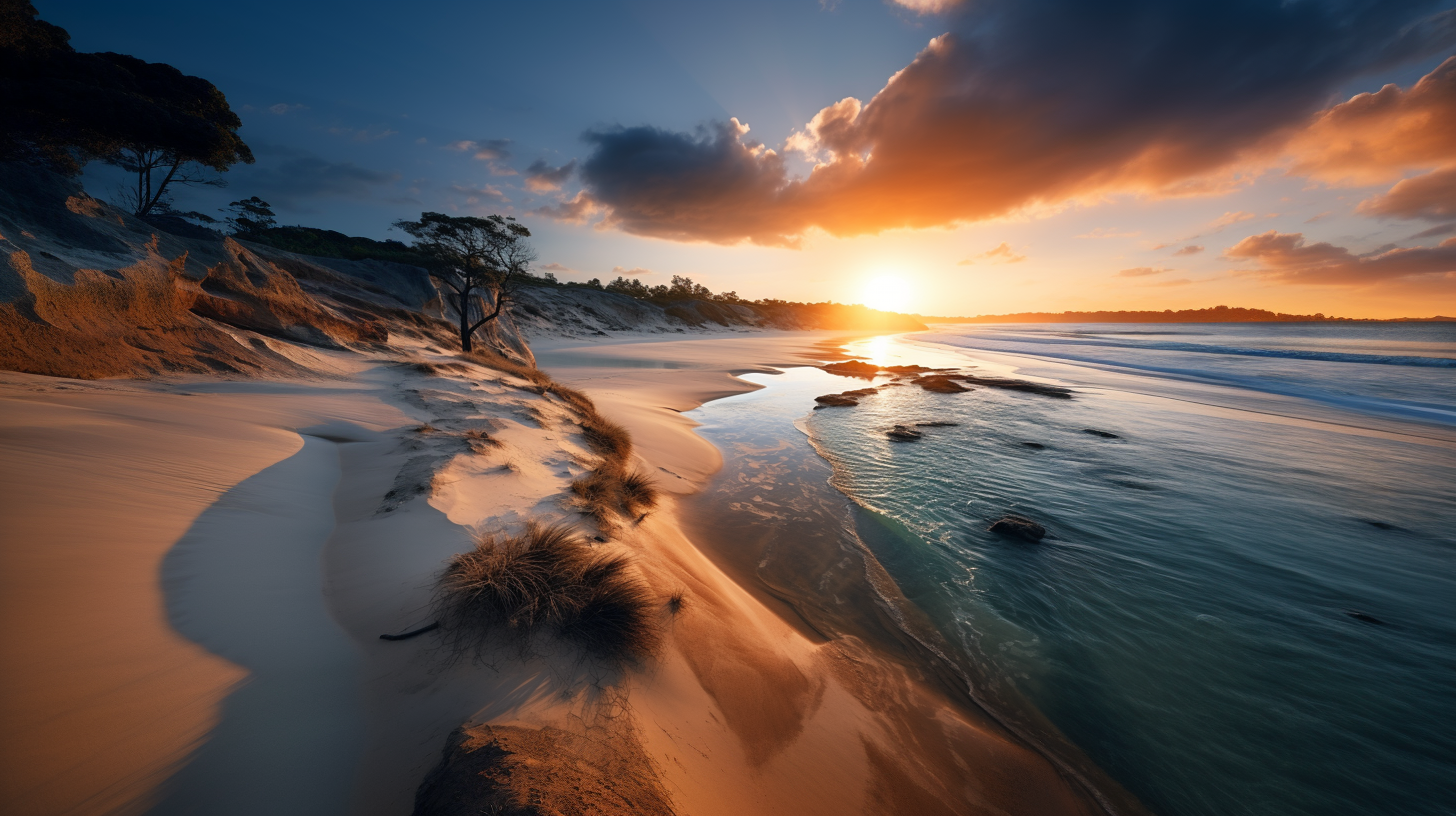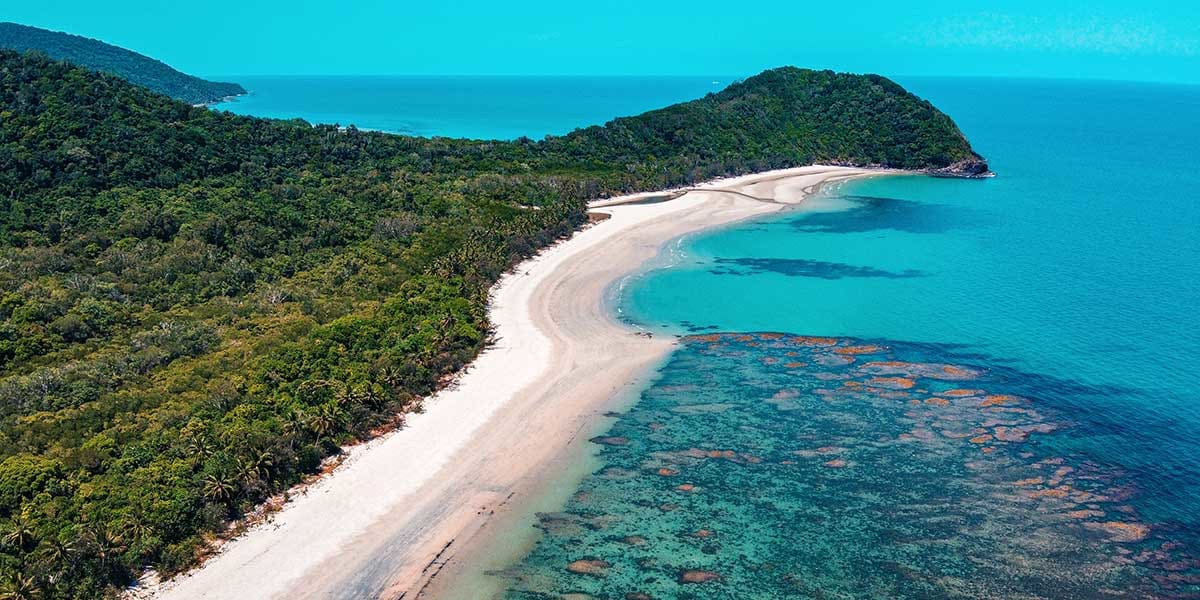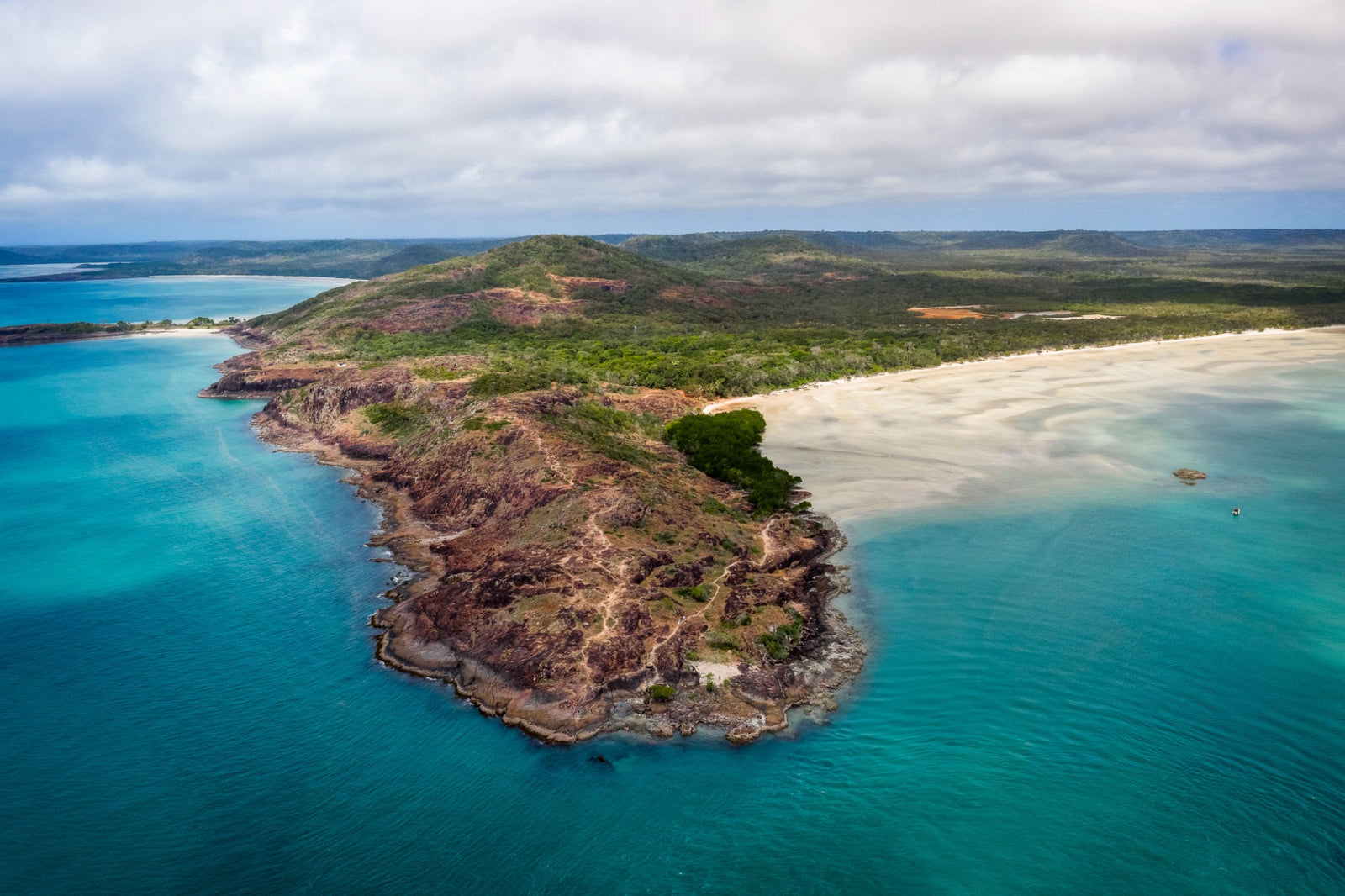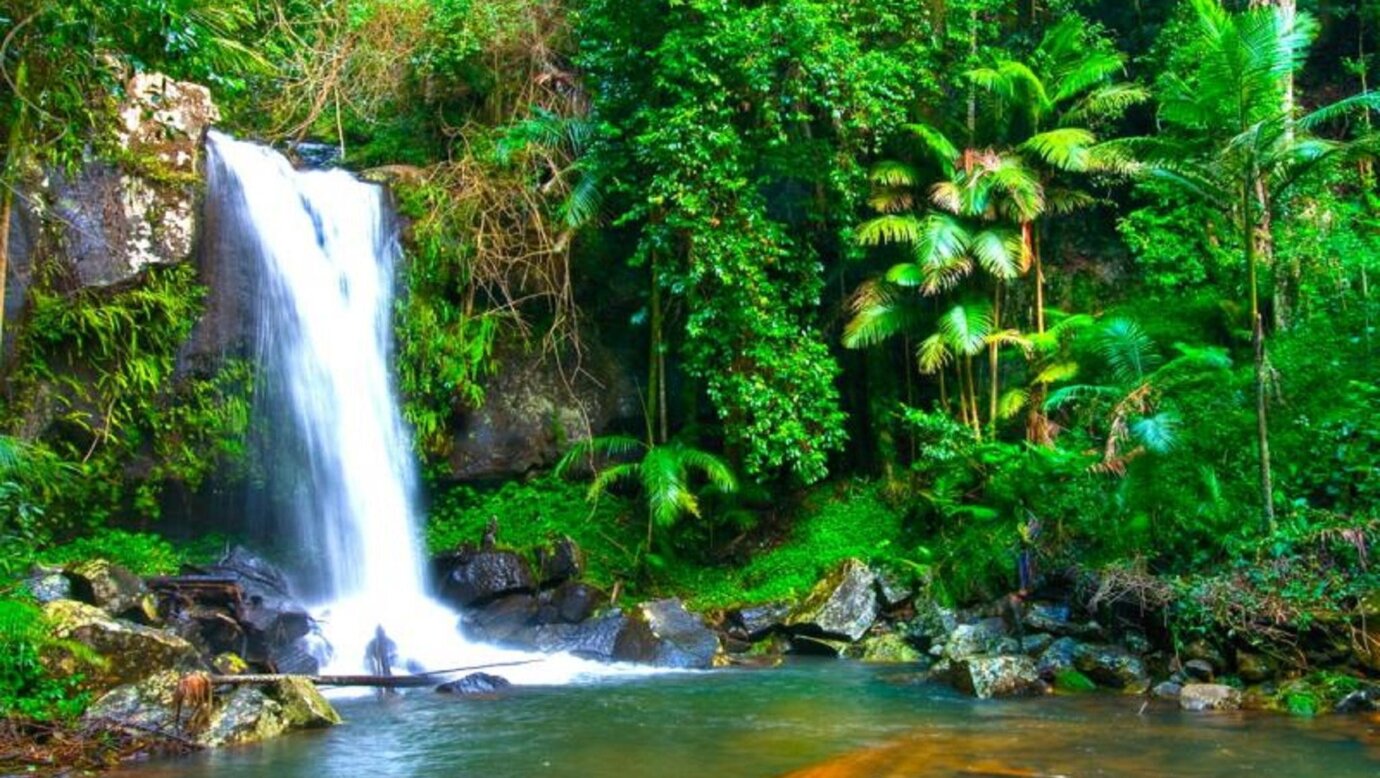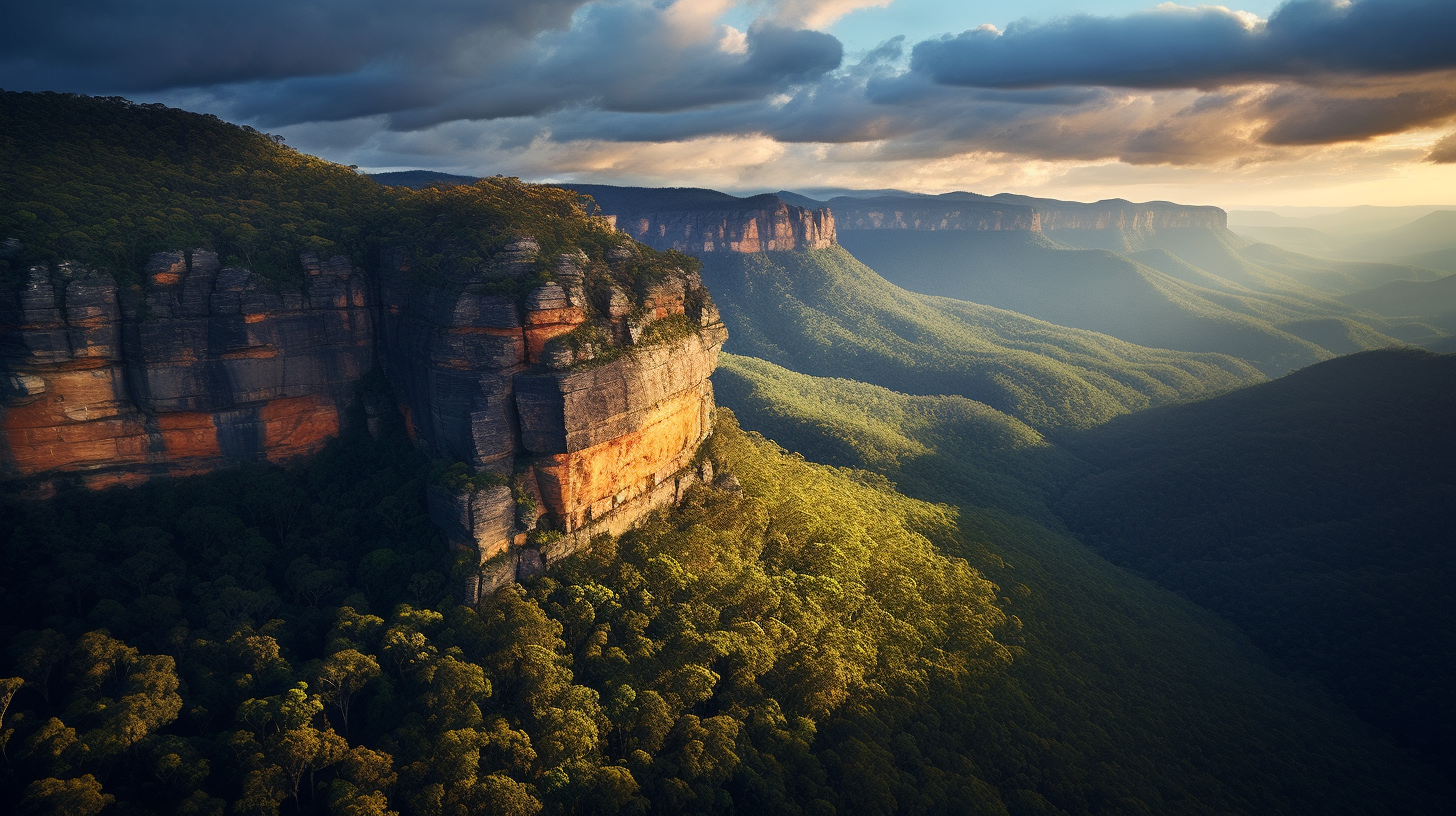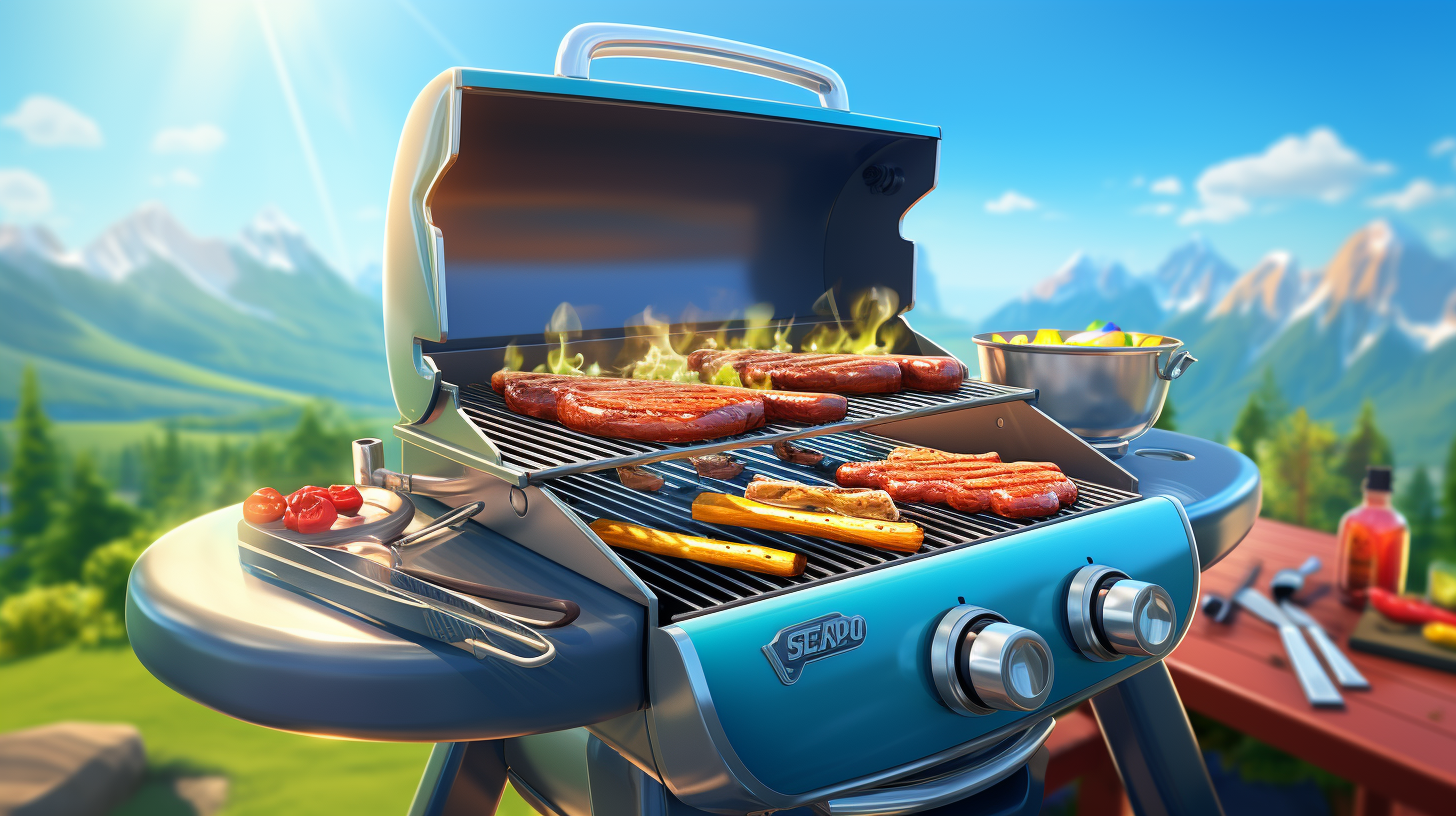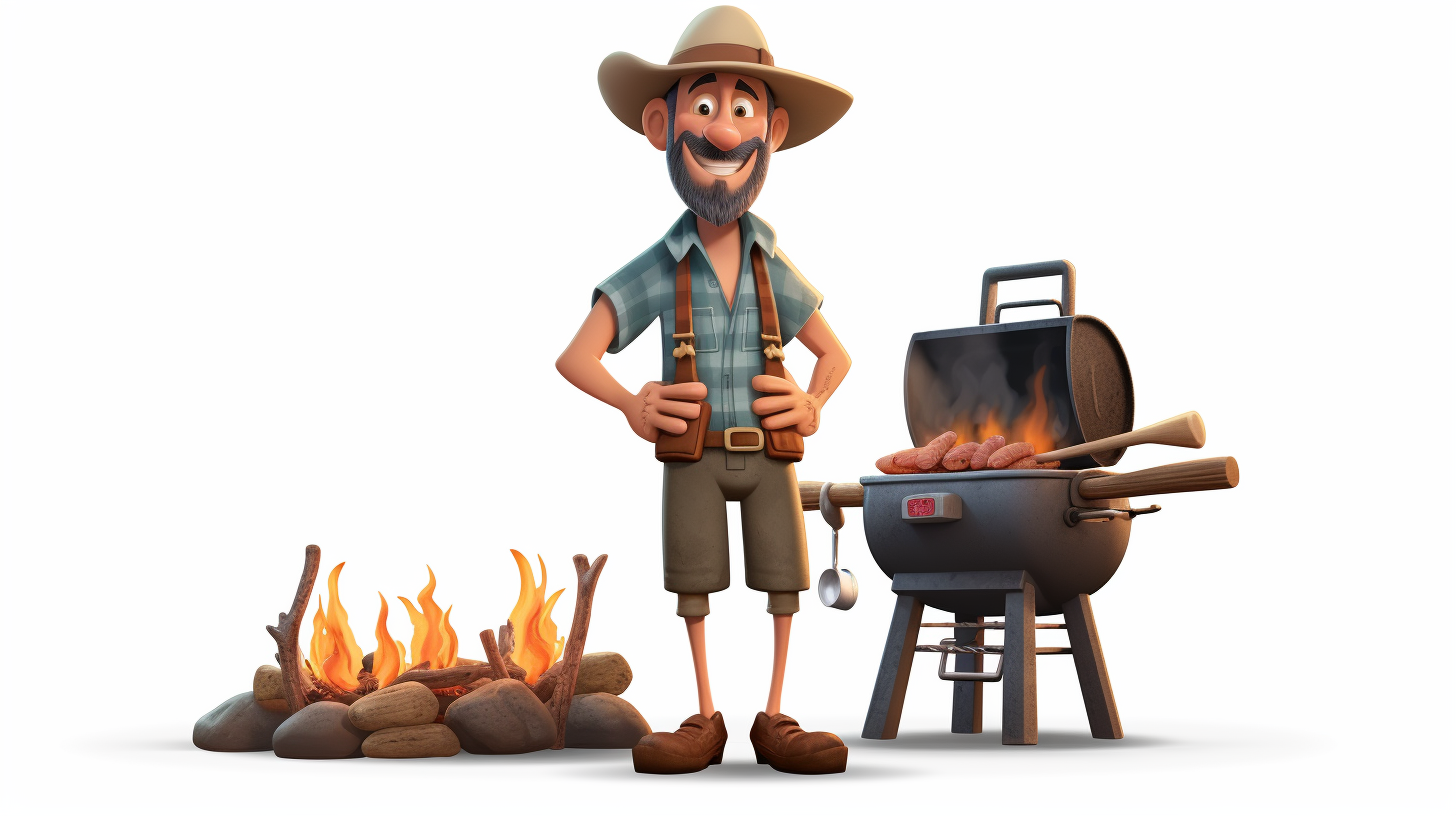The great outdoors, a place where the symphony of nature plays out in the chirping of the birds, the rustling of the leaves, and the crackling of a campfire. There's a certain magic that comes with being in the wilderness, a sense of peace that's hard to find in the hustle and bustle of city life. But let's be honest, the real highlight of any camping trip is the food. The smell of bacon and eggs wafting through the crisp morning air, the sizzle of the skillet, the anticipation of that first bite. It's a sensory experience that's hard to beat.
Now, I'm sure you're thinking, "Bacon and eggs? That's hardly gourmet." And you're right. But there's something about cooking over an open fire that elevates even the simplest of meals. It's a rite of passage, a tradition, a culinary adventure that harkens back to our ancestors. It's about more than just the food, it's about the experience.
So, let's embark on this adventure together. Let's dive into the art of campfire cooking, starting with the basics. Because before you can cook your bacon and eggs, you need a fire. And not just any fire, a campfire. A source of warmth, light, and of course, delicious food.
Preparing the Campfire

Step 1: Gathering the Materials
The first step in any campfire cooking adventure is, of course, the campfire. And to build a campfire, you need fuel. Three types of fuel to be exact: tinder (small twigs and dry leaves), kindling (small sticks), and firewood (larger logs). It's a bit like a puzzle, each piece playing a crucial role in the final picture. The tinder to get the fire started, the kindling to keep it going, and the firewood to provide a steady, long-lasting burn.
Now, I remember my first camping trip. I was young, eager, and completely clueless about building a fire. I gathered a pile of wood, struck a match, and waited for the magic to happen. Spoiler alert: it didn't. I learned the hard way that the key to a good fire is dry wood. Wet wood will just leave you with a smoky mess and a lot of frustration. So, take it from me, make sure your wood is dry.
Step 2: Building the Fire
Once you've gathered your materials, it's time to build your fire. Now, there are several ways to build a fire, but for cooking purposes, we recommend the "log cabin" method. It provides a stable structure and a good balance of oxygen and fuel, which is crucial for a steady burn.
Start by placing your tinder in the center of your fire pit. Then, build a small square of kindling around the tinder. Continue to stack your kindling, alternating directions with each layer, until you have a small log cabin. Finally, place your firewood around the kindling structure, leaving a small opening to light the tinder.
Building a fire is a bit like building a house. It requires patience, precision, and a bit of creativity. But the reward, a roaring fire that's perfect for cooking, is well worth the effort.
Step 3: Lighting the Fire
With your fire built, it's time to light it up. Using a long match or lighter, light the tinder. As the tinder catches fire, the kindling will start to burn, eventually igniting the firewood. It's a beautiful process, a testament to the power of nature and the ingenuity of man.
Remember, fire needs oxygen to burn, so make sure your fire has plenty of ventilation. And be patient. Building a fire is not a race, it's a journey. Enjoy the process, the anticipation, the satisfaction of seeing your hard work come to life.
Cooking Bacon and Eggs Over the Fire

Step 1: Preparing Your Cooking Station
Now that your fire is roaring, it's time to prepare your cooking station. For bacon and eggs, a cast-iron skillet is your best friend. It's durable, retains heat well, and adds a certain rustic charm to the whole experience. Place your skillet on a grill grate over the fire, and let it heat up.
I remember the first time I used a cast-iron skillet. It was a gift from my grandfather, a seasoned outdoorsman with a love for campfire cooking. He taught me the importance of a good skillet, the way it can transform a meal, the way it can connect you to the food you're cooking. It's a lesson I've carried with me ever since.
Step 2: Cooking the Bacon
Once your skillet is hot, add the bacon. The sizzle of bacon on a cast-iron skillet, is there a more delightful sound in the world? I think not. Cook the bacon to your desired level of crispiness, turning occasionally. Remember, cooking over a campfire isn't an exact science, it's an art. Embrace the unpredictability.
I'll never forget the first time I cooked bacon over a campfire. The smell, the sound, the taste, it was a sensory experience unlike any other. It was a reminder of the simple pleasures in life, the joy of cooking, the joy of being in the great outdoors.
Step 3: Cooking the Eggs
With your bacon cooked, it's time for the eggs. Crack the eggs directly into the skillet, letting them cook in the bacon grease. This isn't just practical, it's delicious. The eggs will take on a smoky, bacon-y flavor that's simply irresistible. Cook the eggs to your liking, then serve with the bacon.
Cooking eggs over a campfire is a bit like a dance. It requires finesse, timing, and a bit of creativity. But the result, a perfectly cooked egg with a hint of smoky flavor, is well worth the effort.

Crafting the Perfect Campfire Toast for Bacon and Eggs
Now that we've mastered the art of cooking bacon and eggs over a campfire, let's turn our attention to another breakfast staple: toast. Toast may seem simple, but when done right, it can be the perfect accompaniment to your campfire-cooked bacon and eggs. So, let's explore how to craft the perfect campfire toast.
Choosing the Right Bread
The first step in making great toast is choosing the right bread. While you can use any type of bread, a sturdy variety like sourdough or a hearty whole grain tends to hold up best over the campfire. These types of bread have a dense texture that can withstand the heat without becoming too soft or falling apart.
Preparing the Bread
Once you've chosen your bread, the next step is preparation. If you're using a fresh loaf, you'll want to slice it to your desired thickness. Remember, thicker slices will take longer to toast, but they'll also provide a nice, hearty base for your bacon and eggs.

Toasting the Bread
Now, onto the toasting. There are a few different ways to toast bread over a campfire, but one of the simplest and most effective methods is to use a campfire toaster. This handy tool holds the bread over the fire, allowing it to toast evenly.
To use a campfire toaster, simply place your bread in the toaster and hold it over the fire. Be sure to rotate the toaster regularly to ensure even toasting. Once the bread is toasted to your liking, carefully remove it from the toaster using a pair of tongs or fire-resistant gloves.
If you don't have a campfire toaster, you can also toast bread using a grill grate or a skewer. Just be sure to keep a close eye on it to prevent burning.
Serving the Toast
With your bread toasted to perfection, it's time to serve. For a classic bacon and eggs breakfast, you might butter the toast and serve it on the side. Or, for a fun twist, why not make a bacon and egg sandwich? Simply place your cooked bacon and eggs between two slices of toast for a delicious and portable breakfast.
In conclusion, toast is more than just a side dish. It's a crucial component of any bacon and eggs breakfast, providing a crunchy contrast to the soft eggs and chewy bacon. So, the next time you're cooking breakfast over a campfire, don't forget the toast. It might just be the highlight of your meal.
Philosophical Musings on Campfire Cooking
As you sit there, savoring your bacon and eggs, take a moment to reflect on the experience. There's something deeply satisfying about cooking over an open fire. It's a connection to our past, a reminder of simpler times. It's a break from the hustle and bustle of modern life, a return to the basics.
I remember sitting by the fire, watching the flames dance, feeling the warmth on my face. I remember the smell of the bacon, the sound of the eggs sizzling, the taste of the food. It was a moment of pure contentment, a moment of connection to the world around me.
And let's not forget the bacon and eggs. There's a reason this classic combo has stood the test of time. It's simple, it's delicious, and it's comforting. It's a reminder that sometimes, the simplest pleasures are the best.
Conclusion
So there you have it, the art of cooking bacon and eggs over a campfire. It's not just about the food, it's about the experience. It's about embracing the unpredictability, the simplicity, and the sheer joy of cooking in the great outdoors.
So next time you find yourself in the wilderness, with a cast-iron skillet and a pack of bacon and eggs, remember these words. And remember, the best meals aren't just cooked,
they're experienced. They're a journey, a story, a moment in time that's uniquely yours.
I recall a morning, the sun just beginning to peek over the horizon, casting a golden glow on the world. The fire was warm, the air was cool, and the bacon and eggs were cooking on the skillet. It was a moment of tranquility, a moment of pure joy. It was a reminder of why I love camping, why I love cooking, why I love the great outdoors.
In conclusion, cooking bacon and eggs over a campfire is more than just a meal. It's a tradition, an adventure, and a connection to the natural world. So, the next time you're in the great outdoors, I encourage you to give it a try. You might just find that it's not just about the food, but the memories you make along the way.

Essential Equipment for Campfire Cooking with a Cast Iron Frying Pan
When it comes to campfire cooking, having the right equipment can make all the difference. It can transform a daunting task into a delightful experience, and a simple meal into a culinary masterpiece. So, let's take a look at the essential equipment for cooking on a campfire with a cast iron frying pan.
Cast Iron Frying Pan
The star of the show is, of course, the cast iron frying pan. This versatile piece of cookware is a must-have for any campfire cooking enthusiast. It's durable, retains heat well, and can be used to cook a wide variety of meals. From bacon and eggs to pancakes to stir-fry, a cast iron frying pan has you covered.
When choosing a cast iron frying pan, consider the size and weight. You want something that's large enough to cook your meals, but not so heavy that it's a burden to carry. A 10 or 12-inch pan is usually a good choice.
Grill Grate
A grill grate is another essential piece of equipment. It provides a stable surface for your frying pan and allows for even heat distribution. Look for a grill grate that's sturdy, easy to clean, and large enough to accommodate your frying pan.
Fire-Resistant Gloves
Safety should always be a priority when cooking on a campfire. That's where fire-resistant gloves come in. They protect your hands from the heat, allowing you to adjust the grill grate or handle the frying pan with ease. Make sure to choose gloves that are specifically designed for high temperatures.
Long-Handled Utensils
When cooking over an open fire, standard kitchen utensils just won't cut it. You need long-handled utensils that allow you to stir, flip, and serve your food without getting too close to the fire. A long-handled spatula and tongs are must-haves.
Lid Lifter
If you're using a cast iron frying pan with a lid, a lid lifter can be a handy tool. It allows you to safely remove the lid without getting too close to the fire. This can be particularly useful when cooking dishes that require you to cover the pan.
Cleaning Supplies
Finally, don't forget about cleaning supplies. A stiff brush and some mild dish soap are usually all you need to clean a cast iron frying pan. Remember, never soak your cast iron in water, as this can lead to rust.
In conclusion, cooking on a campfire with a cast iron frying pan is a rewarding experience. With the right equipment, you can create delicious meals, make lasting memories, and truly embrace the joy of outdoor cooking. So, the next time you head out into the great outdoors, make sure you're equipped with these campfire cooking essentials.






